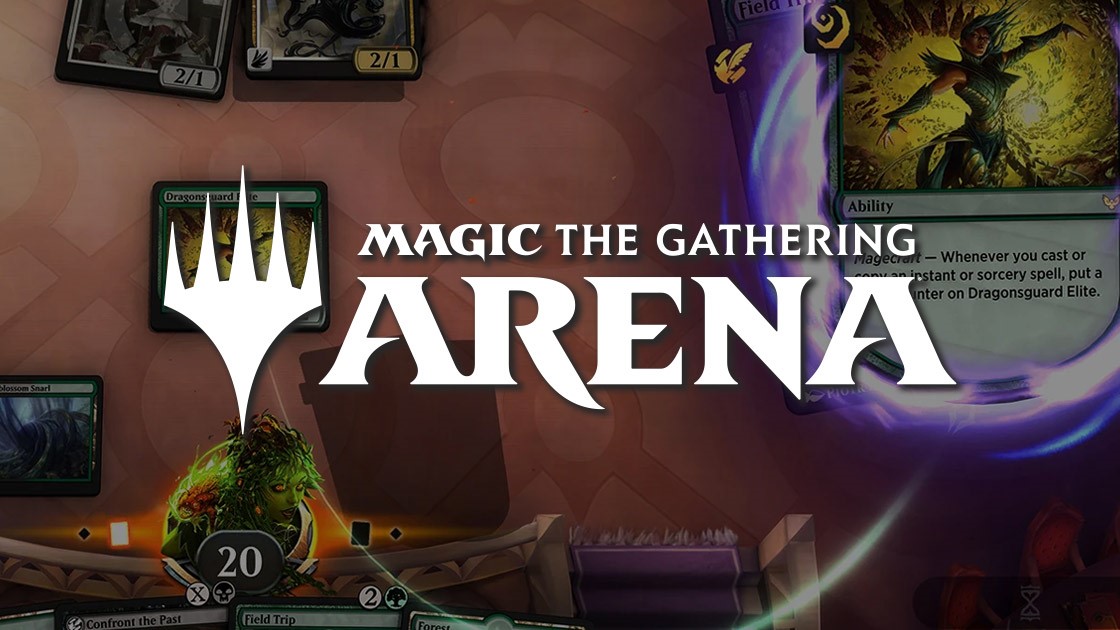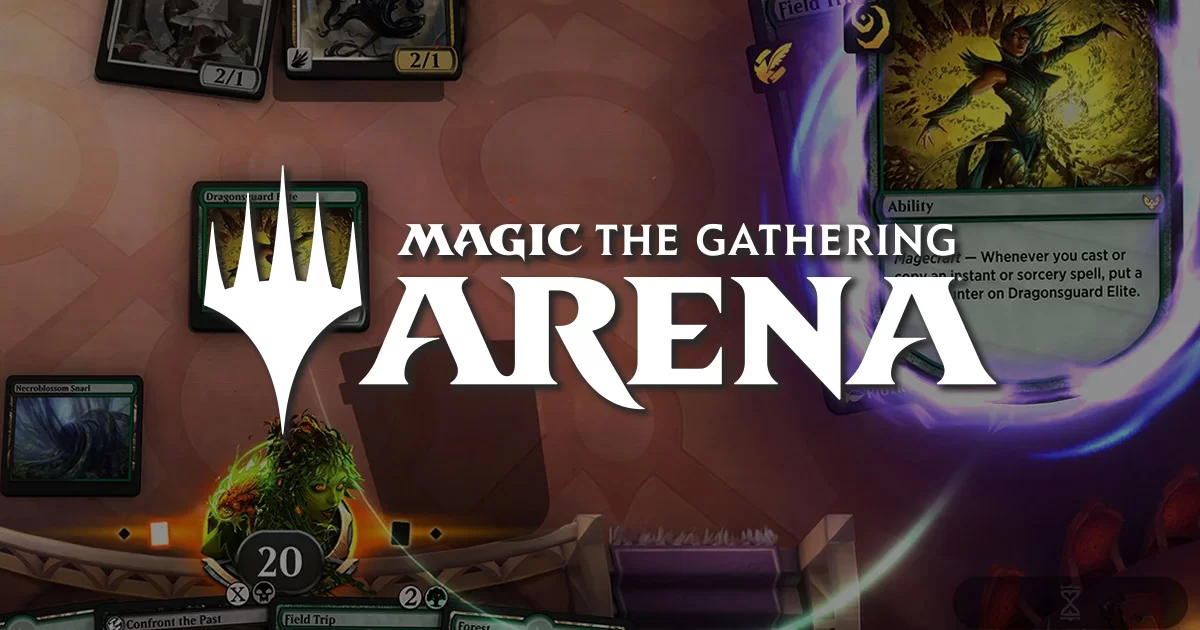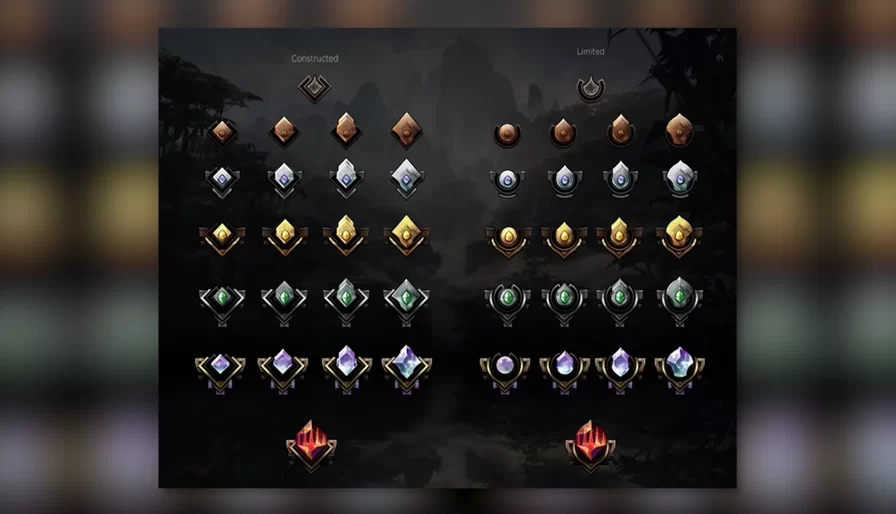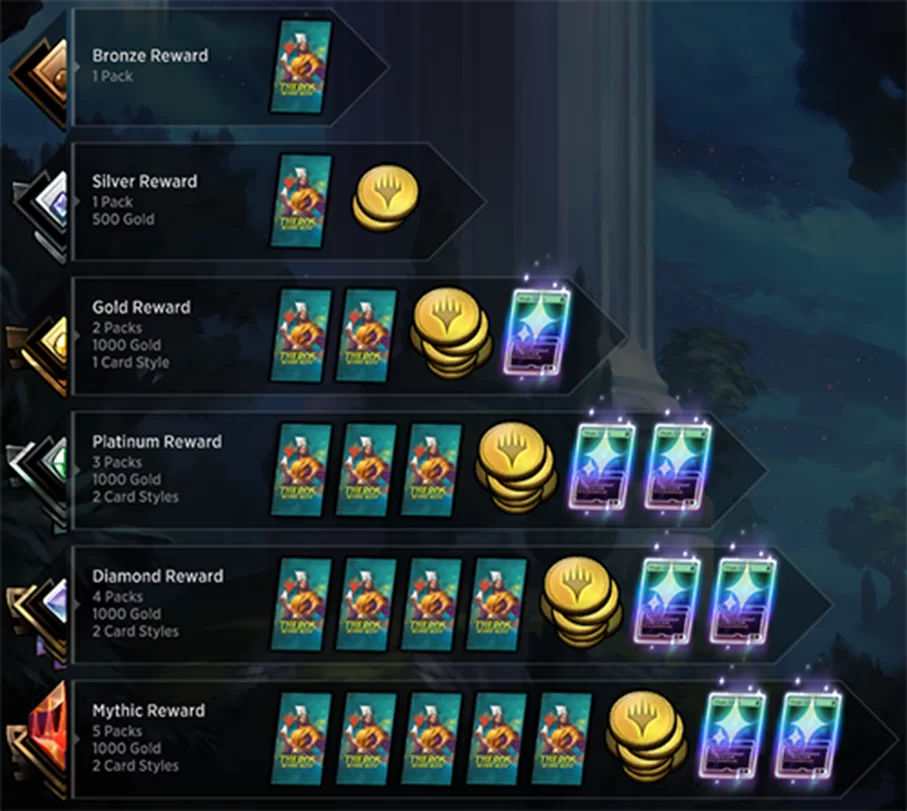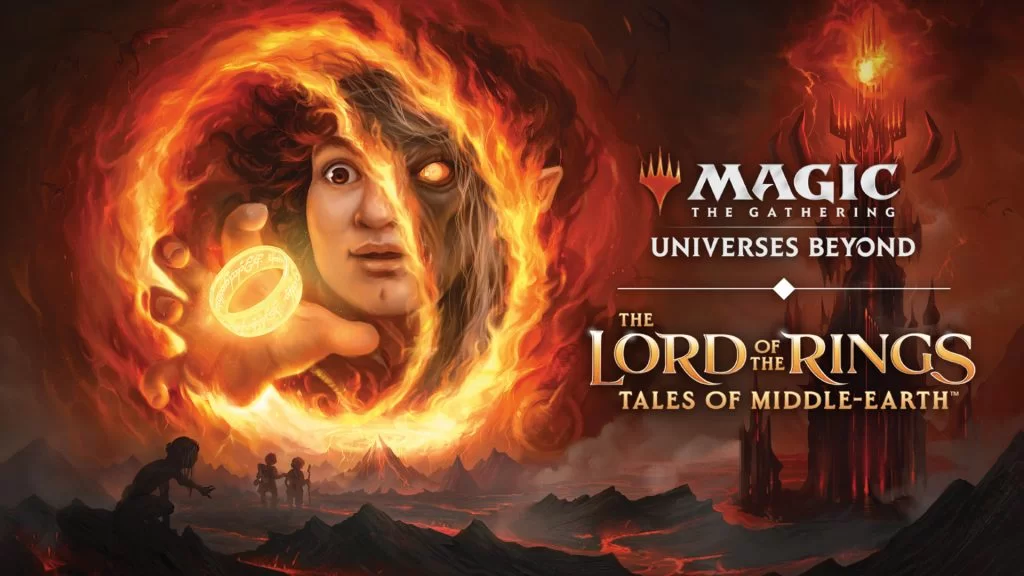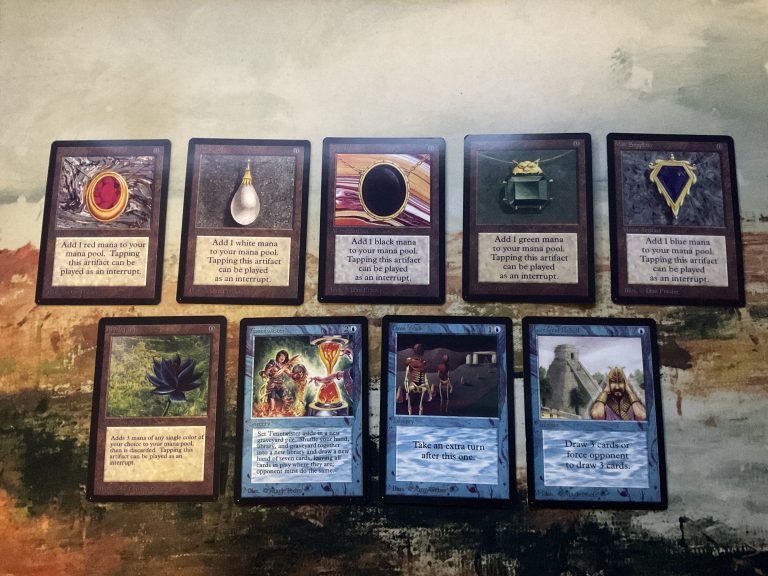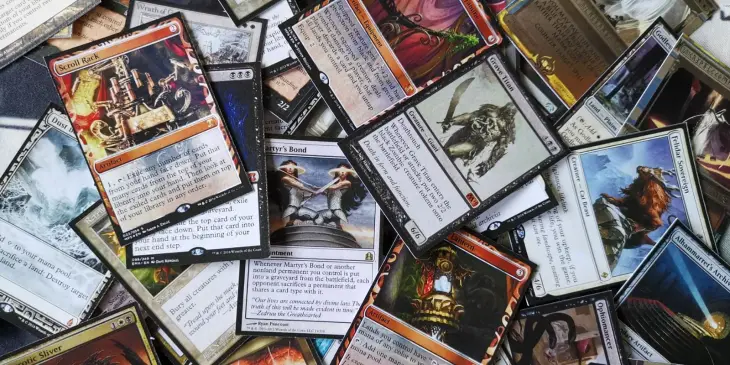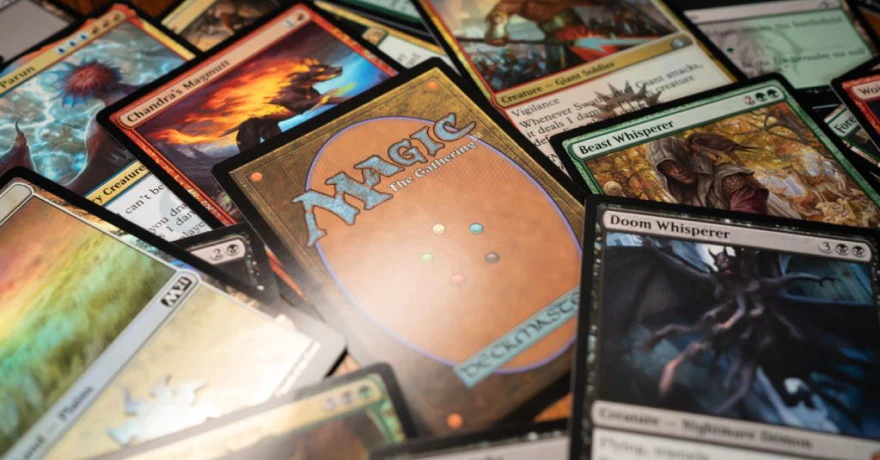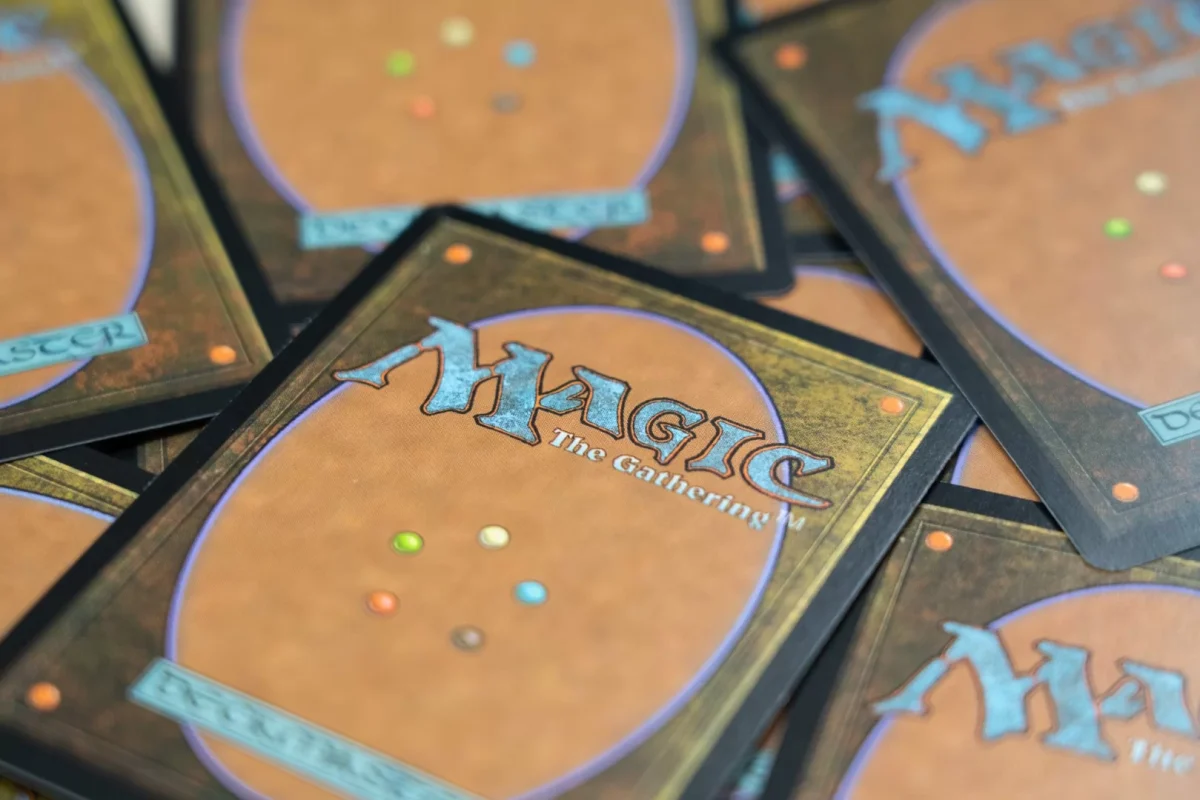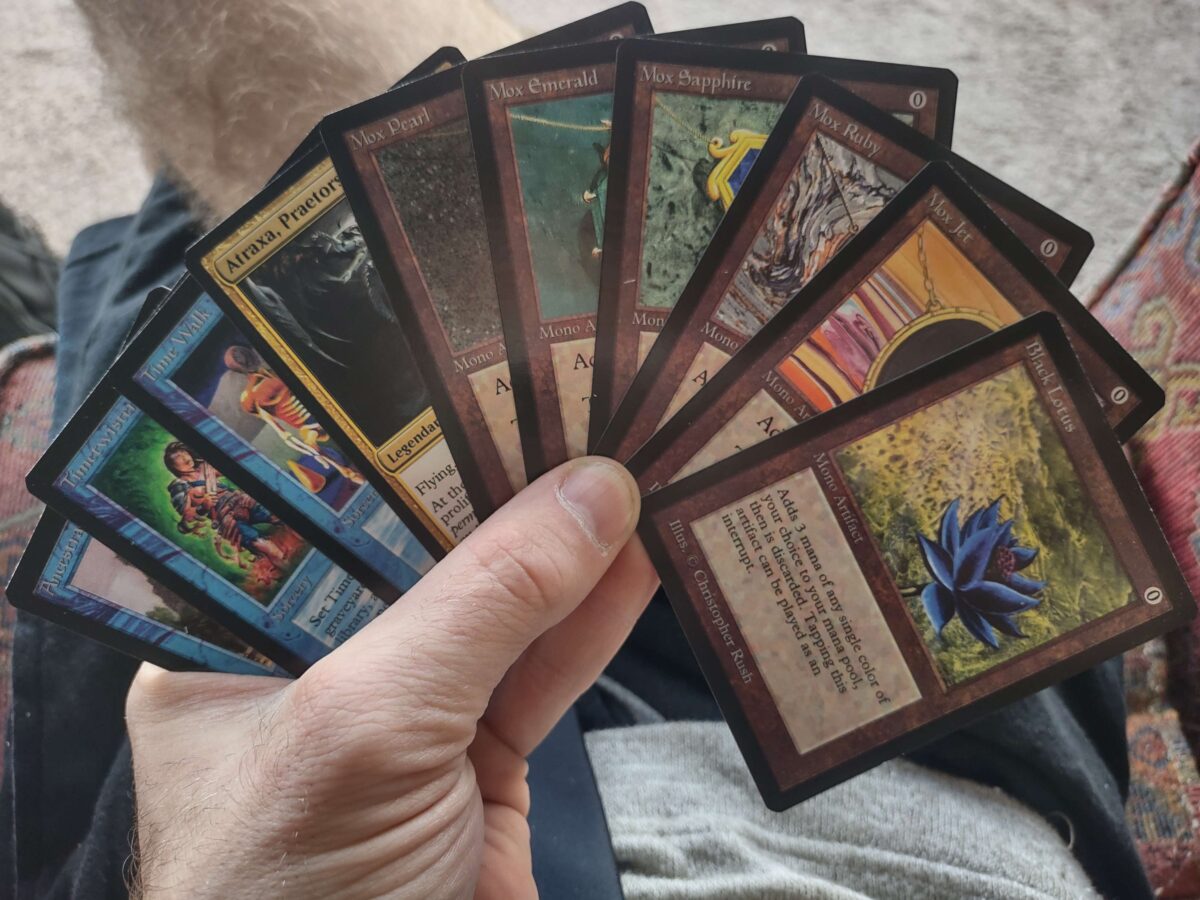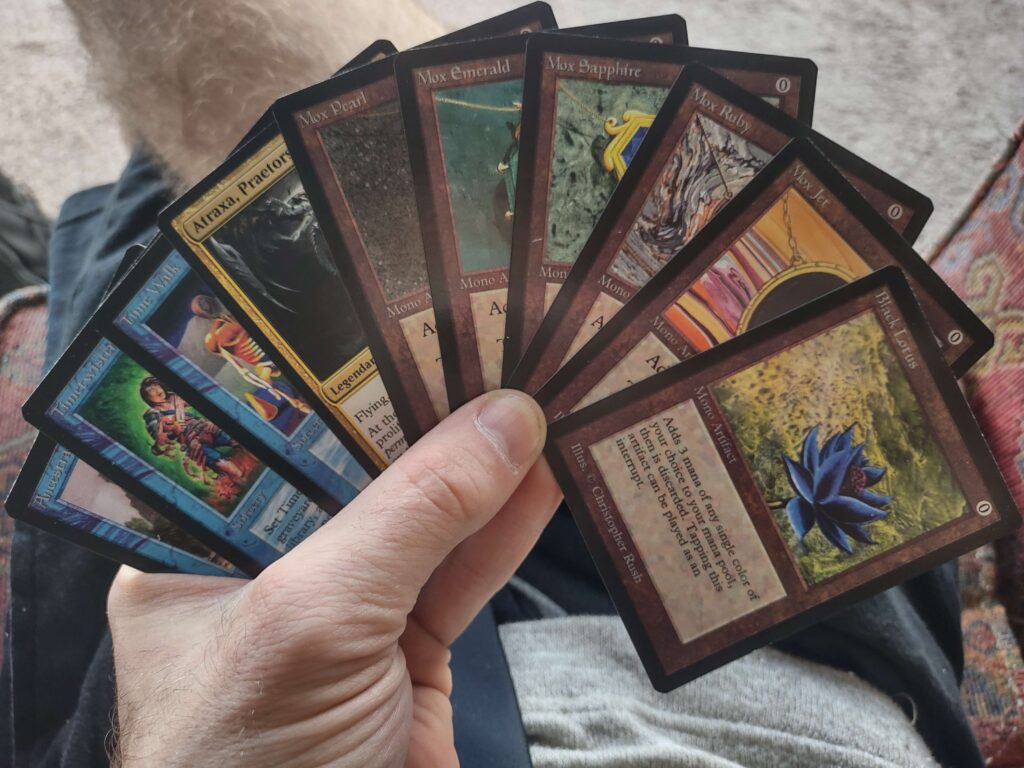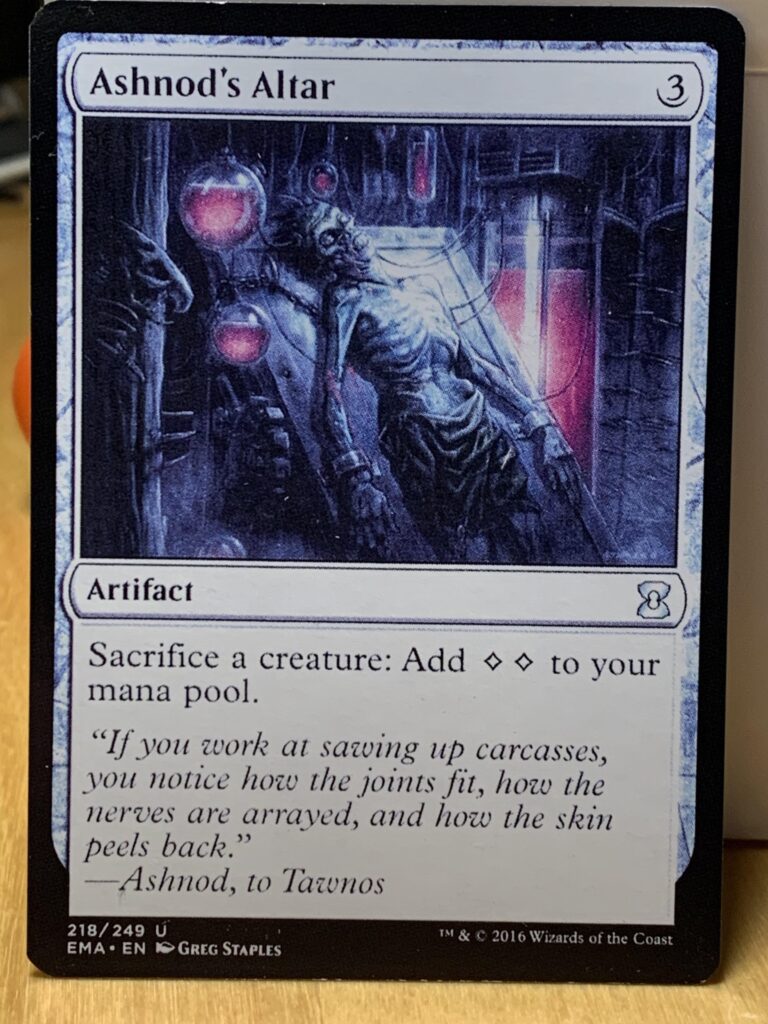Magic: The Gathering (MTG) has captivated players worldwide with its strategic gameplay and intricate card designs. As enthusiasts look to expand their collections or play casually without the hefty price tag, the concept of MTG proxies becomes increasingly popular.
Whether you’re looking to print MTG proxy cards for personal use or simply curious about the dimensions that define these iconic cards, this article delves into the specifics of MTG card sizes. Moreover, we also explore the role of proxies in the gaming community.
The Standard Size of Magic: The Gathering Cards
At the heart of Magic: The Gathering’s global appeal is complex strategy and fantasy lore. However, it is also the tangible element of the game: the cards themselves.
Each MTG card measures precisely 2.5 inches by 3.5 inches (63.5 mm by 88.9 mm). A size was carefully chosen to balance readability, portability, and ease of handling.
This consistency is crucial for gameplay. It ensures that cards from different sets and editions can be shuffled and played together seamlessly. For those in the community who venture into printing MTG proxy cards, adhering to these dimensions is essential to mimic the look and feel of genuine cards, preserving the game’s integrity during play.
The Role of MTG Proxies in the Gaming Community
MTG proxies serve multiple functions within the community. They are often used for playtesting. Additionally, they allow players to simulate games with cards they do not own or are considering purchasing.
This is particularly valuable in competitive play, where understanding how a deck performs against a wide range of opponents is crucial. Proxies also play a role in casual play environments, where the focus is on creativity and fun rather than strict adherence to official card ownership.
The creation and use of MTG proxies touch on important aspects of game accessibility. By allowing players to experience the game without the barrier of high card prices. Furthermore, proxies can democratize access to the full breadth of gameplay experiences MTG offers.
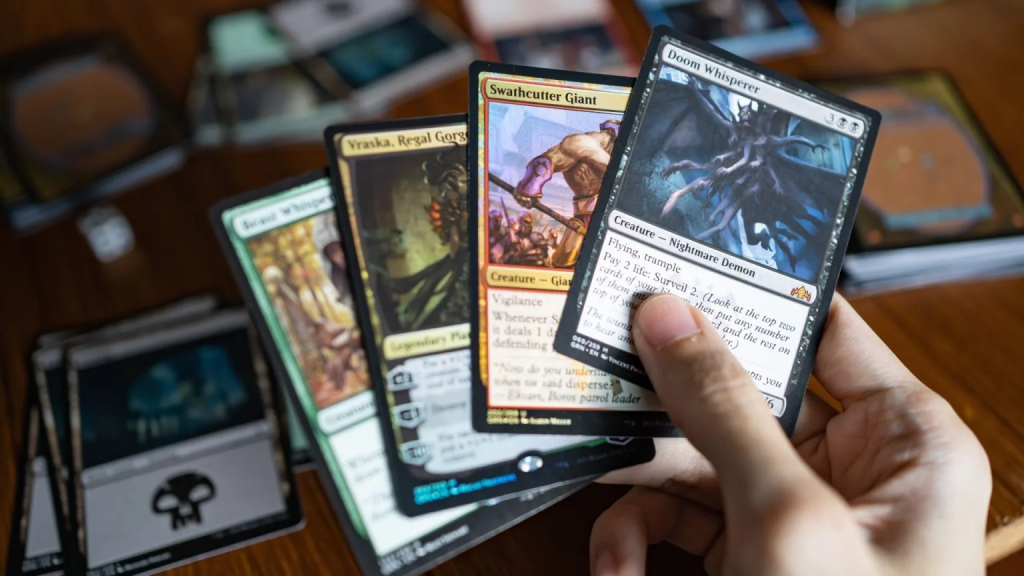
How to Print MTG Proxy Cards?
The art of printing MTG proxies involves creating high-quality replicas. It maintains the game’s integrity while ensuring they are distinguishable from genuine cards. Here’s a brief guide:
- Image Selection: Choose a high-resolution image of the card you wish to proxy. There are several online databases and tools designed for this purpose.
- Sizing: Ensure the image is resized to the standard MTG card dimensions (2.5 x 3.5 inches). Accuracy here is key to ensuring your proxy feels right during play.
- Printing: Use a high-quality printer and cardstock that closely matches the thickness and texture of real MTG cards. Some players prefer to print the proxy image on paper and then affix it to a common card or a blank cardstock for added authenticity.
- Cutting: Carefully cut out the proxy card, paying close attention to maintaining the correct size and smooth edges.
- Sleeving: Always sleeve your proxy cards. Not only does this protect them, but it also helps them blend in with genuine cards during play.
Ethical Considerations and Community Perspective
While printing proxies is a common practice within the MTG community, it’s crucial to approach this with respect for the game’s creators and the legal boundaries.
Proxies should never be sold or passed off as genuine cards, as this undermines the integrity of the game and violates copyright laws. The community generally accepts proxies for personal use, especially in casual settings, where the focus is on enjoying the game rather than the monetary value of the cards.
MTG Proxies: Balancing Ethics and Accessibility
The use of MTG proxies raises ethical considerations. While Wizards of the Coast allows proxies in some casual and playtesting scenarios, the company strictly prohibits their use in sanctioned events.
The distinction between proxies used for personal enjoyment and counterfeit cards intended to deceive buyers is significant. Ethical use of proxies respects the creator’s rights and the game’s economy, avoiding any actions that could harm the value of genuine cards or the overall player experience.
Community acceptance of proxies varies, with some playgroups welcoming their use for casual games and others preferring only official cards. Communication and consent among players are key to ensuring a positive gameplay experience when proxies are involved.
FAQs:
What is the standard size of Magic: The Gathering cards?
Magic: The Gathering cards have a standard size of approximately 2.5 inches by 3.5 inches (63.5 mm by 88.9 mm). This uniform size ensures consistency in gameplay, handling, and shuffling.
Why do people use MTG proxies?
People use MTG proxies for various reasons, including playtesting new decks without the need to purchase expensive cards, replacing lost or damaged cards, and making the game more accessible to players who cannot afford the high costs of some original cards.
Are MTG proxies legal in official tournaments?
No, MTG proxies are not legal in official tournament play. The use of proxies is typically limited to casual play among friends or playtesting within private groups. Official tournaments require genuine Magic: The Gathering cards.
Conclusion
The world of Magic: The Gathering is vast, encompassing not only the strategic depth of the game but also a vibrant community of players. MTG proxies, when used responsibly, offer a way to explore new decks and strategies without financial burden, making the game more accessible and enjoyable for a wider audience.
However, the use of proxies comes with the responsibility to honor the game’s integrity and the creative work behind each card.
As we delve deeper into MTG proxies and the specifics of card sizes, it’s clear that these aspects of the game are not just about the physical cards themselves but about fostering an inclusive, respectful, and engaged community of players.
The Gathering lies in the shared experience it offers, transcending the mere dimensions of its cards.
For more details Visit: Mtgproxy
 Custom Gallery
Custom Gallery Proxy Booster
Proxy Booster Discord
Discord
